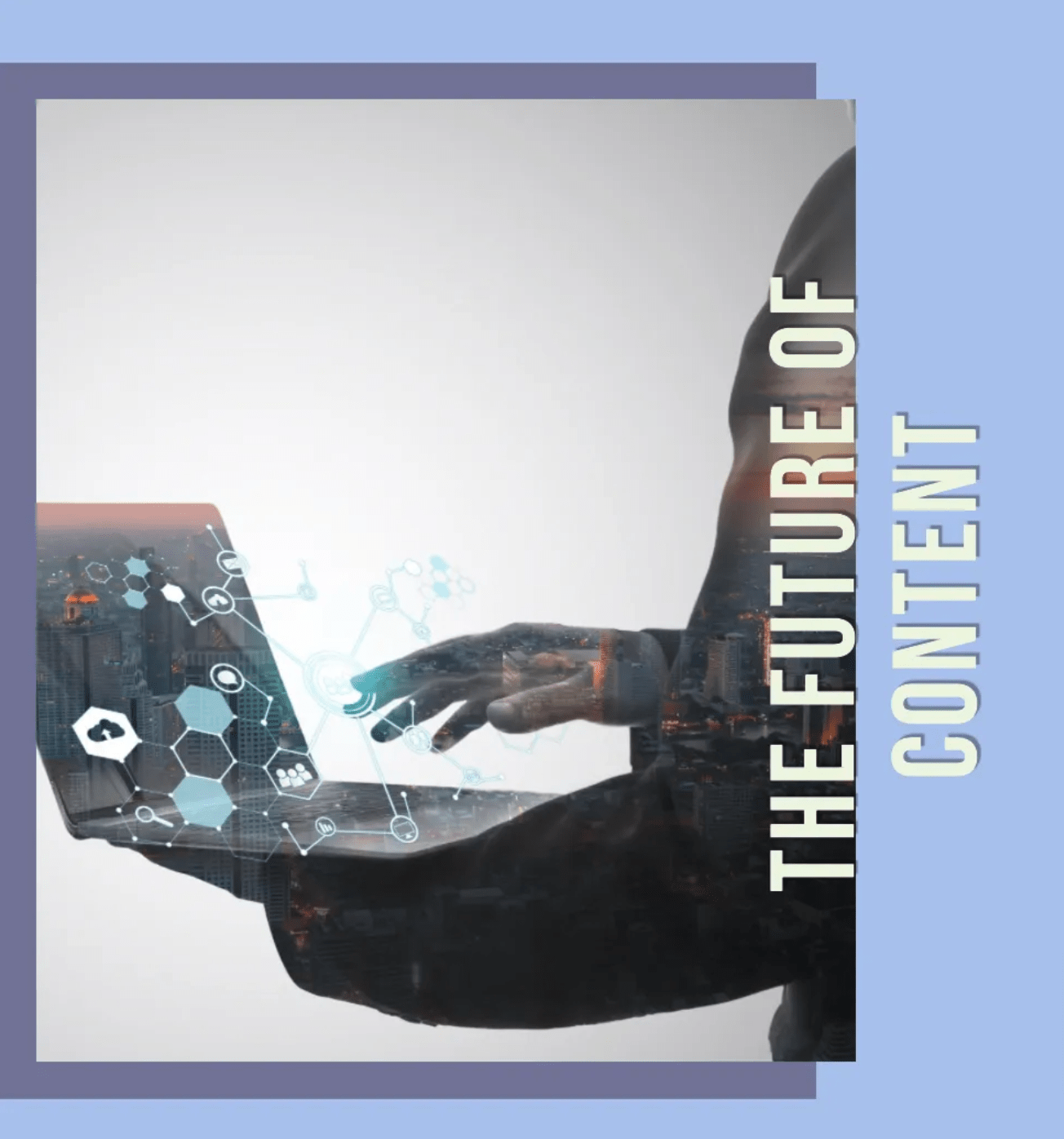Artificial intelligence (AI) is changing our world fast, and AI-generated content (AIGC) is a big part of it. AIGC includes stuff like text, code, images, and music made by AI models. It’s already used for things like creating news, blog posts, scripts, and marketing copy.
Now, as AIGC gets more advanced and common, it’s a good time to figure out how people feel about it. What goes on in our minds when we read things created by AI?
The Psychology of AI-generated Content
But first, can people tell if something was written by a human or a machine without using software?
Some studies suggest that it all comes down to psychology. There are factors in our minds that shape how we see AI-generated content.
If It’s AI, It Must Not Be Great: First off, there are “expectations.” When we find out that AI made the content, we usually expect it to be not as good or accurate. Why? Because we think machines, like AI, aren’t as smart or creative as humans.
If It’s AI, It Must Be Cold: Another thing is our desire to connect with others. When we read stuff, we want it to feel like it’s coming from a real person. We want to get the author’s thoughts and feelings and feel like they’re talking directly to us. AI-generated content often feels distant and impersonal, making it hard for us to connect with it.
Can Humans Recognize AI-generated Content?
Yes and no. As AIGC gets more sophisticated, it is becoming increasingly tough for humans to distinguish between AI-generated and human-generated content.
For now, though, there are a few things that humans can look for to identify AI-generated content.
- One of them is unusual word choices or phrases. AI models are trained on massive datasets of text, but they can sometimes generate text that contains unusual or nonsensical language.
- Another thing to look for is a lack of flow or coherence in the text. AI models can sometimes generate text that is grammatically correct but lacks a clear and concise message.
- Finally, humans can also look for evidence of bias in AI-generated content. AI models are trained on data that is collected from the real world, and this data can contain biases. As a result, AI-generated content can sometimes reflect these biases.
In an essay, Dr. Alex Mercer, a renowned author specializing in AI and academic writing, says when a reader cannot instinctively differentiate between AI-generated and human-written text, that constitutes “excellent content.”
He argues that the ability of readers to discern between content generated by algorithms and that crafted by humans goes beyond mere philosophical curiosity.
Readers hold a preference for content that is informative, beneficial, accurate, and presented in a linguistically polished manner. But can Artificial Intelligence measure up to these expectations, wonders Dr Mercer in his article.
At times, it certainly can.
For example, when describing a particular device’s details, AI can do just as well as an experienced technical writer.
In such scenarios, the utilization of AI for content creation becomes virtually indistinguishable from content generated by a human. AI can deliver all the necessary information to the reader in a highly organized fashion.
Furthermore, it’s important to note that AI doesn’t operate in isolation; its output is intricately linked to the inputs and prompts provided by users. Utilizing well-constructed prompts can yield exceptional content.
The future of digital marketing lies in artificial intelligence. By leveraging AI, businesses can automate tasks, customize campaigns, and enhance overall marketing efficiency.
Our expertise assists businesses of various sizes in harnessing the power of AI to enhance their digital marketing strategies.
Interested? Get in touch.

Leave a Reply